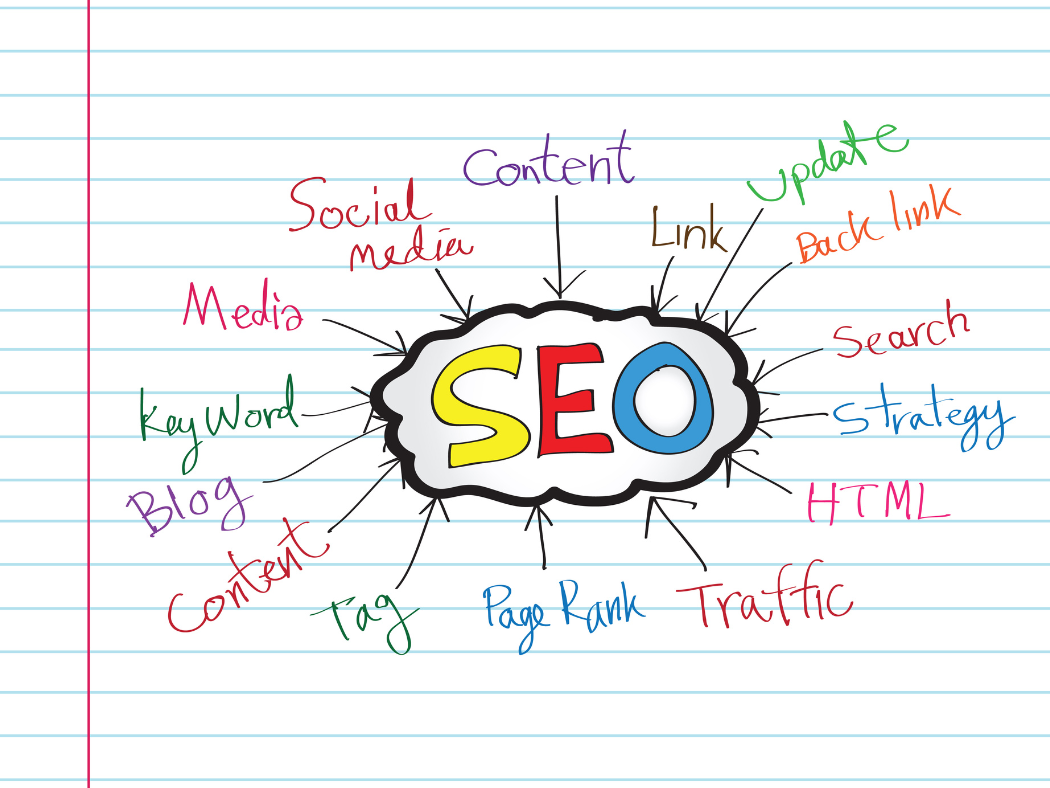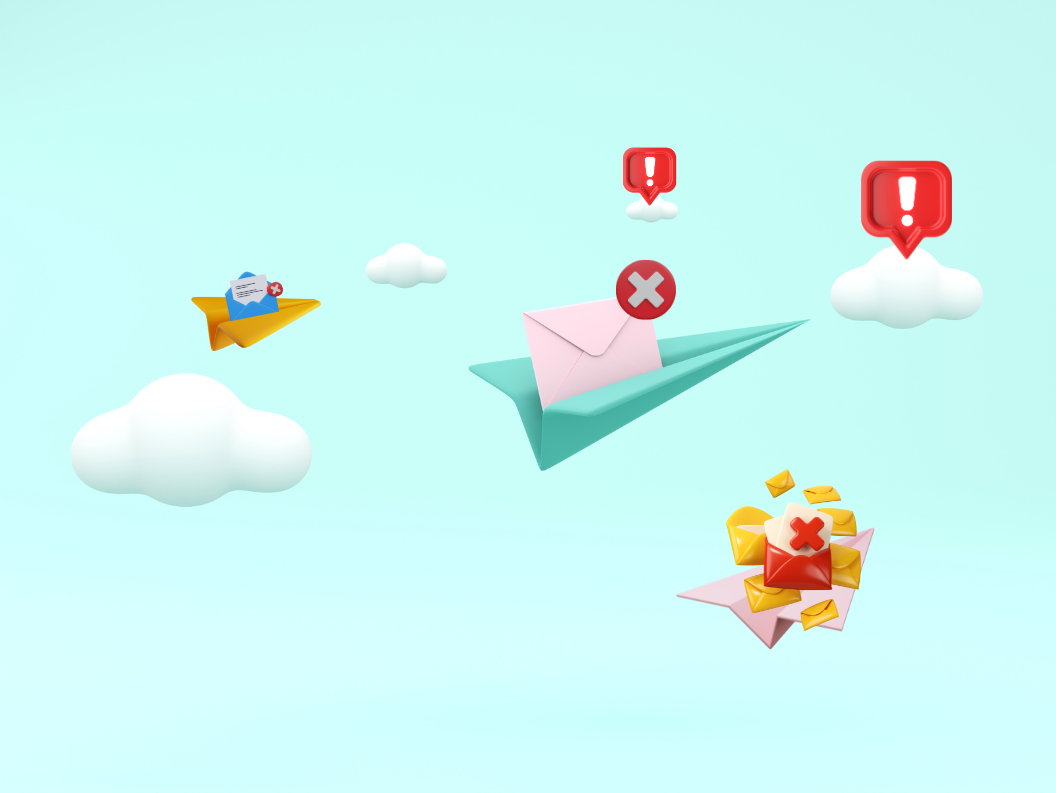Artists, musicians, designers: these are the people we think of as creative. But numerous studies have shown that everyone has the capacity for creativity—and whether we have a “creative” job or not, creativity is the key to solving problems and innovating at work. A study in European Journal of Work and Organizational Psychology even found that a workplace that fosters creativity increases employees’ productivity and career happiness.
Infusing Creativity
After realizing that creativity helped her team come up with better solutions for their clients, Kate Snyder, principal strategist at Piper & Gold Public Relations, set out on a quest to infuse more creativity into her firm. She shared her findings at the 2019 Public Relations Society of America International Conference, where she gave a presentation called “Nine Brainstorming Techniques to Add Creativity into Your PR.”
Although Kate was speaking specifically to PR professionals, her insights apply to anyone, in any job. Here are six of her helpful techniques:
- Free Writing
How to do it: In this classic brainstorming technique, the leader simply presents a question or topic to a group and gives everyone a few minutes to write whatever comes to mind. Brainstormers should avoid censoring themselves and write down everything, no matter how crazy it sounds. Then, everyone’s ideas are shared and used to start a discussion.
What it does: Free writing helps get the creative juices flowing. It’s a common technique used by teachers because it encourages students to open up and start thinking before diving into a discussion. This technique is also great for introverts, who might feel uncomfortable being put on the spot in a group. Free writing is the best of both worlds because it allows people to think on their own and be more comfortable with sharing their ideas with others.
- Yes, And
How to do it: Have one person start by sharing any idea. Someone else must respond by saying, “Yes, and…” building on the first person’s idea. Even if the idea seems impossible, terrible or strange, the only possible response is, “Yes, and…” This exercise can continue for as long as the group wants.
What it does: Creativity cannot flourish in a judgmental environment. “Yes, and” creates an atmosphere of acceptance, where every idea is valuable. It helps people feel safe to share their thoughts, which in turn makes their thoughts more creative. It’s no wonder why “Yes, and” has been used in the improv comedy world for decades to generate hilarious and sometimes genius results.
- Break from Reality
How to do it: Create psychological distance from the problem you’re trying to solve by leaving your office and taking a walk to brainstorm or working from a coffee shop. If you’re unable to leave the office, try meditating for a few minutes to clear your head space or dimming the lights—studies have shown low lighting makes people more creative.
What it does: Our reality is full of to-do lists, demands and frustrations. Stepping outside of our reality helps us forget about our day-to-day tasks and inhibits our logical left brain, allowing our creative side to take over. Studies have shown that creating psychological distance makes our thinking more abstract—exactly the kind of thinking you need to form a creative idea.
- Play, Mentally and Physically
How to do it: Foster mental play by keeping games around your office or taking a class on a topic you enjoy. Choose a form of exercise you enjoy and get into the habit of moving your body on a regular basis. Find ways to be imaginative and have fun.
What it does: This kind of play helps keep you agile, both mentally and physically. Plus, play and creativity are closely linked—after all, what is creativity but mental play? Research has shown that children who play pretend have bigger imaginations, and there’s nothing stopping you from doing the same as an adult.
- Start Simply
How to do it: Present a question or topic in a group and have everyone write down as many ideas as possible in one minute. When the minute is up, each person passes their paper to the person next to them. Then, everyone has another 30 seconds to enhance, change or add to the ideas on the paper in front of them.
What it does: This technique takes simple ideas and makes them better with the power of collaboration. A great idea can come from one person, but most of the time, ideas become better when multiple people are involved. Working off of each other helps us all create better solutions.
- Believe You’re Creative
How to do it: Any time you’re asked to come up with an idea, remind yourself that you are a creative person. Create an environment that inspires you. Put a wall between creative time and practical planning time, and make creative time a sacred space to explore your ideas. Basically, do anything that helps you feel more creative.
What it does: Weizmann Institute of Science performed a study where people were asked to perform a creativity test. Before the test, one group was asked to smell something and was told that the scent would make them more creative. The second group smelled the same scent, but they weren’t told anything about it. Group one performed significantly better on the creativity test, simply because they believed they would. You can use this placebo effect to your advantage to actually become more creative.
Learn more about boosting creativity in our blog “On-Demand Creativity: Five Ways to Foster It in Your Law Firm.”



